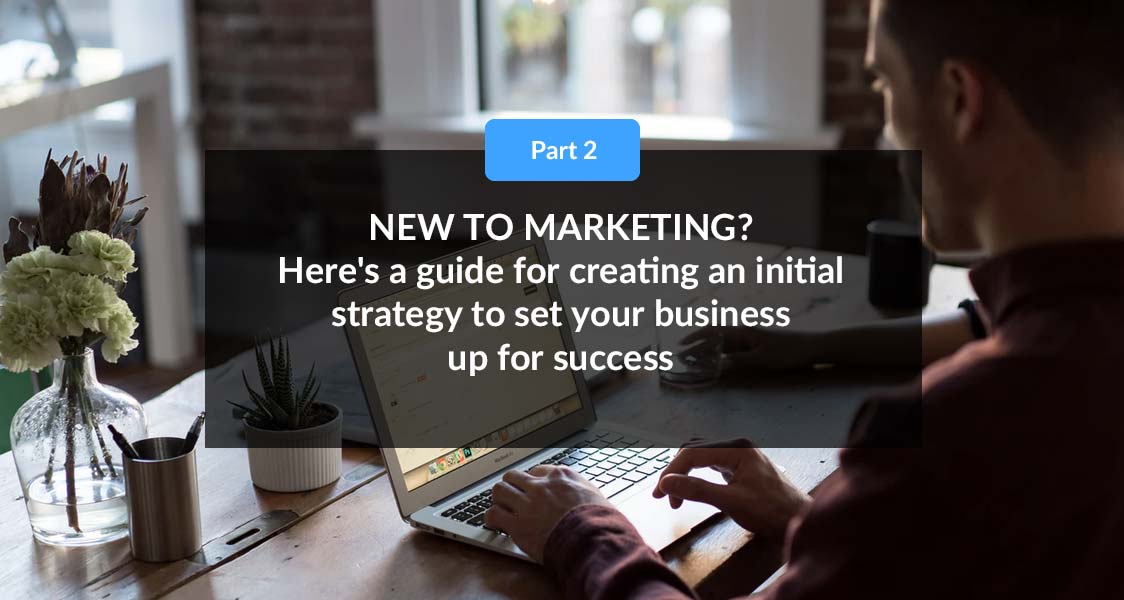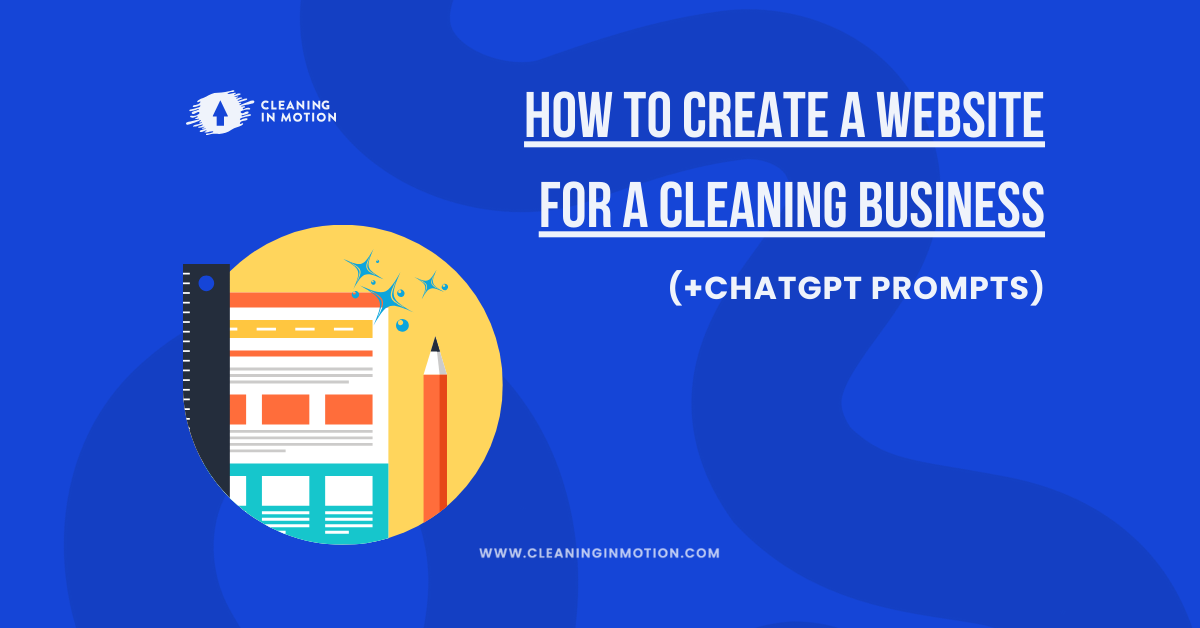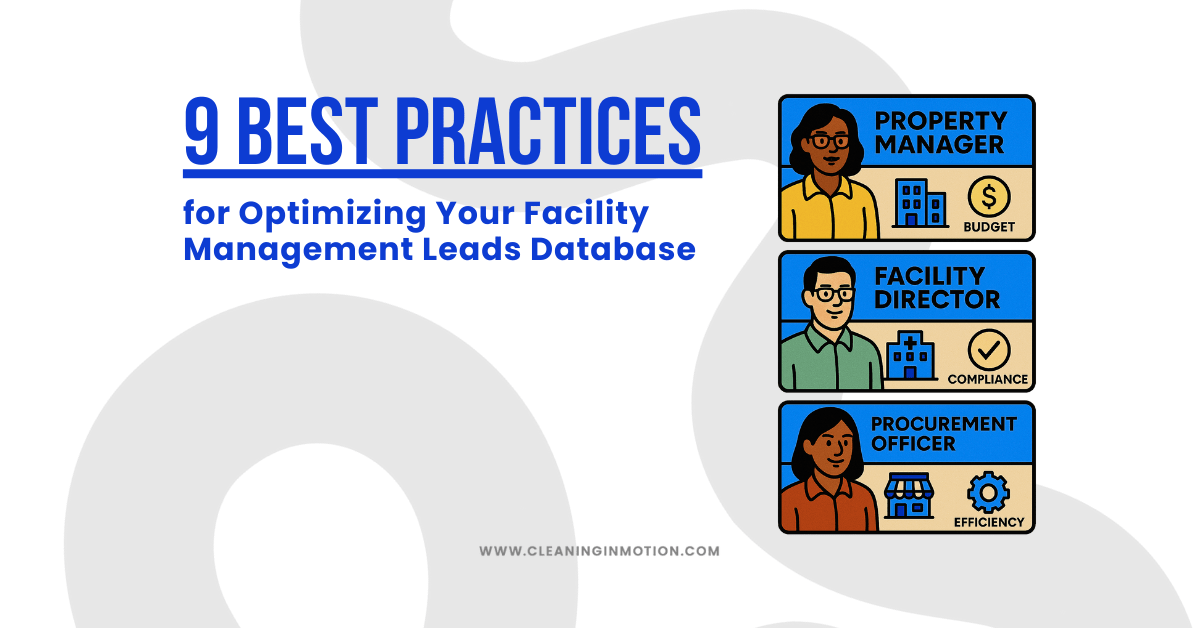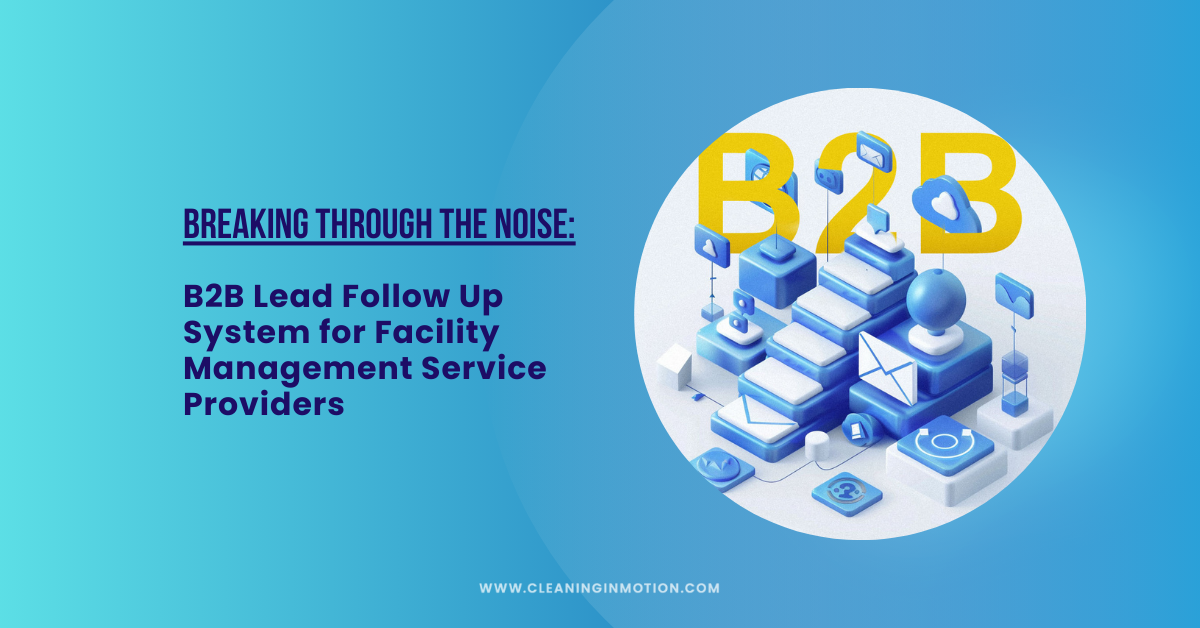The Next 7 Steps
Welcome back! In the first part of Creating an Initial Strategy That Will Set Your Business For Success, we covered some very important steps essential to getting your marketing strategy started. These were:
- Defining Your Target Market
- Creating A SWOT Analysis
- Creating Your Elevator Pitch
- Creating A Brand Identity Book And Giving Your Brand a Personality
- Creating a Website Or Landing Page
If these don’t sound familiar, go back and read Part 1 right now!
If you’ve taken all those steps, by now you likely have a very good idea of who your audience is, how they behave, and even what their shopping habits are. With all this information at hand, you’re ready to start building your buyers’ path. Move forward by…
1. Creating realistic marketing goals:
Now that you have a good idea of who your audience is, their behaviours, and their pain points, it’s time to start thinking about your desired end result: what you plan to achieve with your marketing strategy, and thus where you’ll allocate most of your efforts.
Clarifying your goals is essential to defining your future, as not all businesses have the same goals; some want to gain followers in their social media accounts; others want to drive traffic to their website, generate leads to increase their database, drive sales on their website or physical store, etc.
This worksheet created by Ontraport will help you define exactly what you want from your prospects and customers.
Every one of your marketing goals should be SMART.
SMART goals are:
- Specific
- Measurable
- Attainable
- Relevant
- Timely
Setting SMART goals will give you a clearer long-term vision of where you want to go, and short-term motivation since your standards for success are clear and possible.

Source: Ontraport
2. Meeting your audience where they are:
Now that you know something about your target market from the steps in the previous post, you need to be where your audience is.
Chances are, you already have multiple social media accounts. If you’re just getting started with your marketing efforts, you need to prioritize which social media channels you’re going to spend time and resources on.
- Facebook: Did you know that 24% of the women using Facebook are between the ages of 25 – 34? And 25% of all men are between the these same ages? These two groups are the largest segments on Facebook.
- Instagram: This platform is more popular among women than men, with 39% of women using Instagram vs. 30% of men.
- Twitter: 32% of its users earn $75K+ per year, the largest demographic on the platform. 32% of adults with college degrees use Twitter (these demographics may overlap).
- LinkedIn: 33% of LinkedIn users are between 30 – 49 years old.
(Source: SproutSocial)
Knowing this, which social media channel or channels should you prioritize? To understand these metrics in greater depth, I advise you to take a look at this article published by Sprout Social.
Just keep in mind that your audience (wherever they are) will look for helpful, educational, and entertaining content, as well as more information on your value proposition or the kind of service or product you’re offering.
3. Performing and Using SEO Best Practices:
If you do SEO right, you’re in for a good ride! Though SEO efforts take some time to show, they really do pay off. Although SEO has the reputation of being quite hard, it really isn’t. There are some complex actions that can require expert help, but there are many things you can do without being an SEO guru.
Some of the ways you can off to a good start with SEO are:
- Utilizing keywords and long-tail keywords throughout your website and copy
- Offering a clean and friendly User Experience (UX) for both desktop and mobile
- Indexing your website in Google Search Console
- Create a Google My Business profile
You might also want to check out: 6 Simple SEO Best Practices to Stay on Your A-Game
4. Measuring your efforts:
Peter Druker says, “if you can’t measure it, you can’t improve it,” and he’s right. Everything we do in business, especially in marketing, needs to be measured, because if you don’t track the efforts you take, you won’t know if they’re working.
The wisest thing you can do after creating a landing page or website is to create a Google Analytics account and track everything that’s going on in it.
Install a Facebook Pixel if you’re doing Facebook Ads, and figure out ways to measure your customized marketing plan. There are also general metrics you should track, such as:
- Cost per lead or CPL: Cost per Lead measures the cost-effectiveness of marketing campaigns. This metric focuses entirely on the leads generated by the campaign.
- Conversion rate (this applies for website, emails, paid ads campaigns. etc.)
- Customer lifetime value: measures the lifetime value of your customers by utilizing the following formula: “average sale per customer” multiplied by “average number of times a they buys per year” multiplied by “average retention time in years”
- Return on Investment or ROI: used to evaluate the efficiency of an investment or to compare the efficiency of a number of different investments
- Website traffic growth: it measures the increase or decrease in visitors to your site typically either month-over-month or year-over-year.
- Visitor-to-lead conversion rate: is the total number of conversions (visitors who made a desired action) divided by the total number of visits.
- New customers generated: the number of new customers your business has generated over a period of time.
- Revenue generated: the amount of income your business has generated.
The more you can measure, the better. They key is to measure metrics that actually matter to you, your team and your strategy: KPIs relevant to your company that will help you track improvement and the causes of good (and bad) results.
5. Creating a customer review strategy:
Did you know that 90% of people read online reviews before visiting a business?
Customer reviews are more important than anyone realizes. What would you believe more: what a brand says about their own product, or what a customer who’s already tried and experienced the product has to say about it? Most people find customer voices highly trustworthy, especially compared to testimonials with a vested interest (like from the brand itself).
Social proof of your brand is vital: you need to show potential customers what your existing customers have to say about you. So, whenever you interact with a customer, ask them to leave you a review on Google, Facebook or even your website. I know this is easier said than done, as many customers don’t bother leaving reviews, so offer them an incentive for doing so- a special discount or a $5 gift card, for example.
Give your existing customers something in return for their review, because customer reviews don’t only help potential customers, they also help YOU and your team know your strengths and weaknesses.
6. Create a blog about the topics you know best:
Users nowadays love to find helpful content online, and you’re one of us: you’re reading this blog post right now! Most people love to read online to learn things they don’t fully understand or that interests them.
This represents a great opportunity for your brand! You know your market and your product. If you have a lot of helpful, entertaining and educational information on a specific topic, you should share it with your audience- provided that content is relevant to your product or service, of course.
Before you start writing a blog post or video on a topic, you should create a content strategy. You don’t necessarily have to write a large volume of content every day; make sure your content is valuable to your audience and focuses on quality over quantity.
To learn more, check out How To Create a Killer Content Strategy for Your Business.
7. Start advertising:
Paid ads are a great way to start leveraging your brand to new audiences. Now that you know where your main target audience is, it’s time to start running some ads.
Facebook Ads and Google Ads campaigns are a great way to start. You can either get advice from an expert or take an online course on how to start running your ads.
Check out the following article to master the basics of Google Ads: Google Ads 101: Mastering The Basics and 6 Expert Tips to Writing Ads For Google Adwords.
We truly hope you find this guide helpful in creating an initial marketing strategy. If you follow the steps we’re certain you will set your business up for success! However, if you’re looking for experts that can help you develop and deploy and strategy, drop us a line. We’d love to take the hard work of building a marketing strategy off your hands, and help your business get started on the right track!
Sources:





